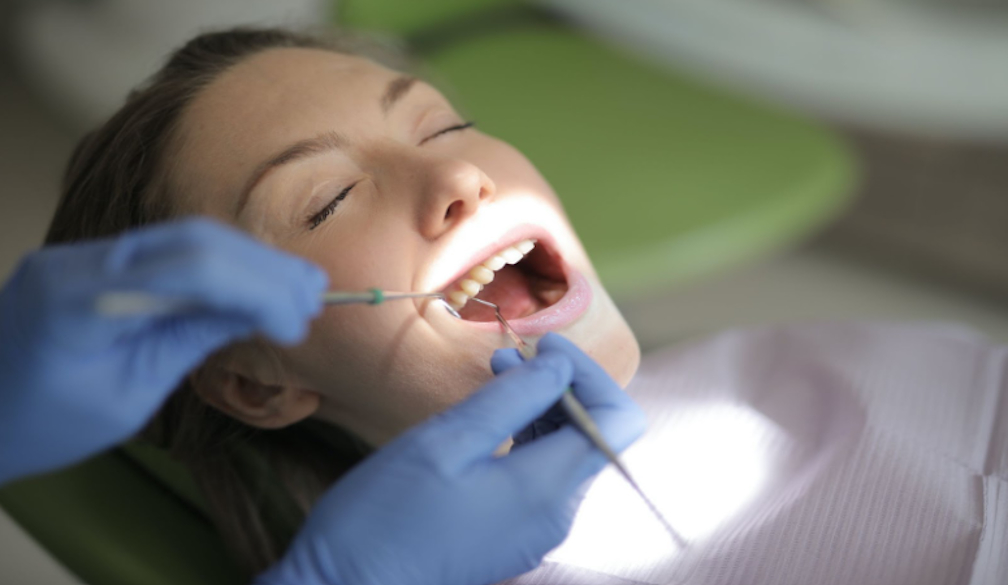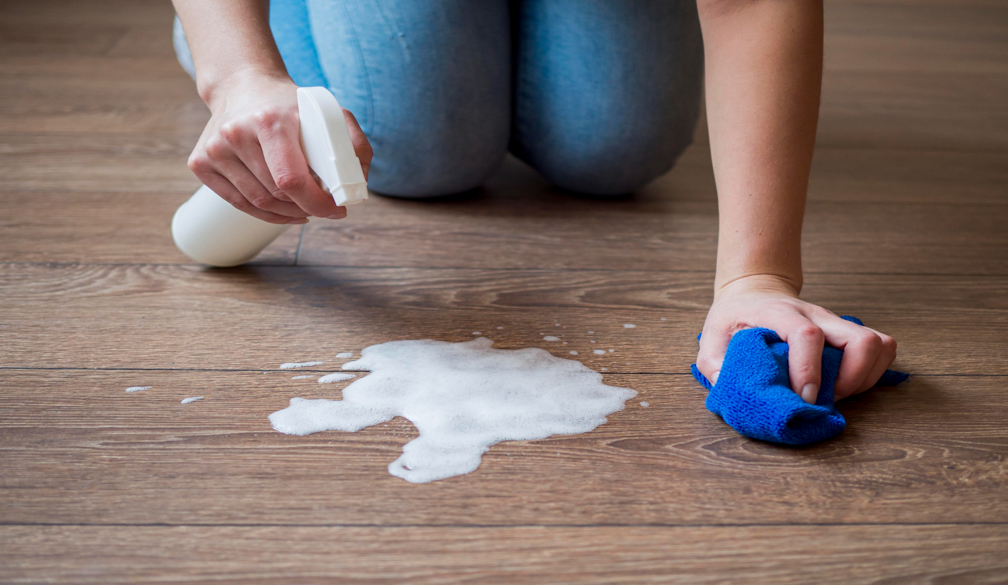Comprehensive Dental Care: Exploring Root Canal Therapy, Wisdom Tooth Removal, and Porcelain Veneers in Melbourne
- Written by iVillage

Exploring Essential Dental Treatments in Melbourne
In the bustling cultural hub of Melbourne, excellence permeates every facet of life, including dental care. From routine maintenance to intricate procedures, residents prioritise their oral health, embracing cutting-edge technology and techniques. This article delves into three pivotal dental treatments—root canal therapy, wisdom tooth removal, and porcelain veneers—illuminating their benefits, procedures, and considerations for those pursuing optimal oral health and a dazzling smile in Melbourne.
Root Canal Therapy: Salvaging Infected Teeth
Root canal therapy, or endodontic treatment, is a pivotal procedure to preserve teeth afflicted by infection or severe damage from decay or trauma. During a root canal Melbourne, the dentist meticulously removes the infected or damaged pulp from the tooth's interior, cleanses and disinfects the root canals, and seals them with a biocompatible material to forestall further infection. Subsequently, the tooth is restored with a dental crown or filling, reinstating its strength, function, and aesthetics.
Benefits of Root Canal Therapy
Root canal therapy benefits patients grappling with tooth pain, sensitivity, or infection. By eliminating the infected pulp and conserving the natural tooth structure, root canal therapy obviates the need for extraction, safeguarding the smile's integrity. Furthermore, this procedure alleviates the pain and discomfort associated with dental infections, enabling patients to resume normal function and enjoy enhanced oral health. With diligent care and maintenance, a tooth treated with root canal therapy can endure a lifetime, conferring enduring advantages for the patient's overall dental well-being.
The Root Canal Procedure
The root canal procedure unfolds across several stages, commencing with a meticulous examination and diagnostic evaluation to ascertain the infection's extent and devise an optimal treatment strategy. Following local anaesthesia, the dentist accesses the infected pulp chamber and root canals by opening the tooth's crown. Subsequently, the infected pulp is delicately excised, and the root canals are methodically cleansed, shaped, and disinfected to eliminate bacteria and debris. Finally, the canals are filled and sealed to thwart reinfection, and the tooth is fortified with a dental crown or filling to shield and fortify it.
Wisdom Tooth Removal: Mitigating Impacted Teeth
Wisdom tooth removal, or third molar extraction, is a routine dental intervention to address impacted or problematic wisdom teeth. These molars typically emerge in late adolescence or early adulthood. However, they may become impacted due to spatial constraints or improper alignment, precipitating pain, swelling, infection, or damage to neighbouring teeth. In such instances, wisdom tooth removal becomes imperative to assuage symptoms and avert complications.
Benefits of Wisdom Tooth Removal
Wisdom tooth removal Melbourne furnishes myriad benefits for patients grappling with pain, discomfort, or complications from impacted wisdom teeth. Excising the affected teeth alleviates pain, swelling, and infection, fostering improved oral health and quality of life. Moreover, wisdom tooth removal forestalls potential complications like tooth decay, gum disease, and damage to adjacent teeth, mitigating the risk of future dental ailments and obviating additional treatments.
The Wisdom Tooth Removal Procedure
The wisdom tooth removal treatment begins with a thorough examination and diagnostic imaging to determine the wisdom teeth's location, alignment, and health. Depending on the severity of the situation, wisdom teeth extraction may be performed under local anaesthesia, intravenous sedation, or general anaesthesia to guarantee the patient's comfort and safety. Following anaesthesia, the dentist or oral surgeon creates a gum tissue incision to reach the impacted tooth, which is then extracted using specialised equipment. The extraction site is then painstakingly washed and sutured to promote healing, and post-operative instructions are offered to help manage discomfort and swelling and speed recovery.
Porcelain Veneers: Elevating Smile Aesthetics
Porcelain veneers constitute ultra-thin, custom-made shells affixed to the teeth's front surface to enhance their appearance and rectify cosmetic imperfections. Veneers are fabricated from premium dental porcelain and boast durability, stain resistance, and a striking resemblance to natural tooth enamel in colour, texture, and transparency. Porcelain veneers fashion a beautiful, symmetrical, and cohesive smile, addressing various cosmetic concerns—from discolouration and chips to gaps and misalignments.
Benefits of Porcelain Veneers
Porcelain veneers proffer myriad benefits for individuals yearning to enhance their smile aesthetics. Foremost among these advantages is their capacity to effect dramatic and enduring enhancements in smile appearance with minimal tooth alteration. Unlike conventional crowns or orthodontic treatments, which may necessitate extensive reshaping of natural teeth, veneers offer a conservative and adaptable solution that conserves tooth structure while delivering transformative outcomes. Additionally, porcelain veneers afford extensive customisation, empowering patients to tailor their veneers' size, shape, colour, and clarity to align with their aesthetic aspirations.
The Porcelain Veneer Procedure
The porcelain veneer surgery consists of multiple steps, beginning with a thorough consultation and smile analysis to determine the patient's cosmetic issues and goals. Following treatment planning, the dentist prepares the teeth by gently removing a tiny layer of enamel to allow veneers. An impression of the prepared teeth is then taken and sent to a dental laboratory, where the unique veneers are expertly manufactured to exact specifications. Meanwhile, temporary veneers can be applied to protect the teeth and maintain looks. After the veneers are completed, they are precisely attached to the teeth with dental cement, resulting in a strong and flawless repair that enhances the smile's beauty.
Selecting the Optimal Treatment Plan
When considering root canal therapy, wisdom teeth removal, or porcelain veneers Melbourne, it is essential to seek the advice of a seasoned and competent dentist capable of analysing your specific needs and recommending the best treatment plan. The severity of the dental condition, oral health, cosmetic preferences, and money will influence decision-making. Working with your dentist, you may create a customised treatment plan that addresses your issues, matches your aesthetic objectives, and revitalises your smile with the best results.
In Conclusion
Root canal therapy, wisdom tooth removal, and porcelain veneers are indispensable dental interventions that foster optimal oral health and aesthetic splendour in Melbourne. Whether combating dental infections, assuaging pain and discomfort, or enhancing smile aesthetics, these treatments furnish transformative solutions that enhance both form and function. By acquainting yourself with the nuances of these procedures, appreciating their manifold benefits, and heeding pertinent considerations, you can confidently navigate your dental journey, propelling yourself toward a radiant smile and enduring oral wellness.







